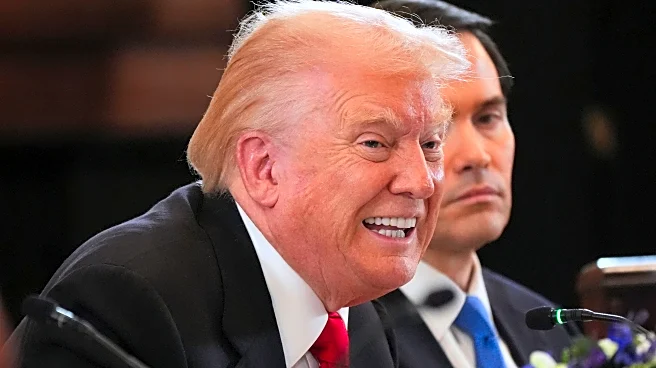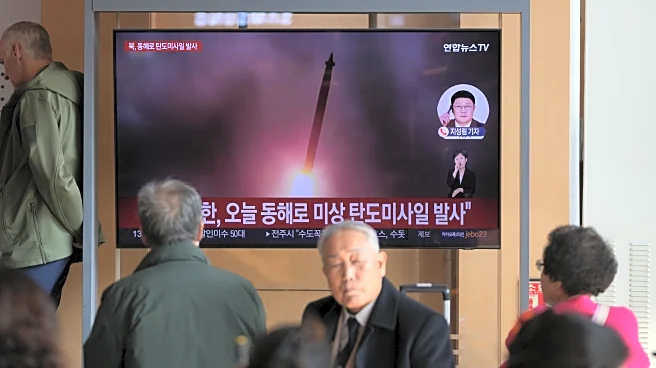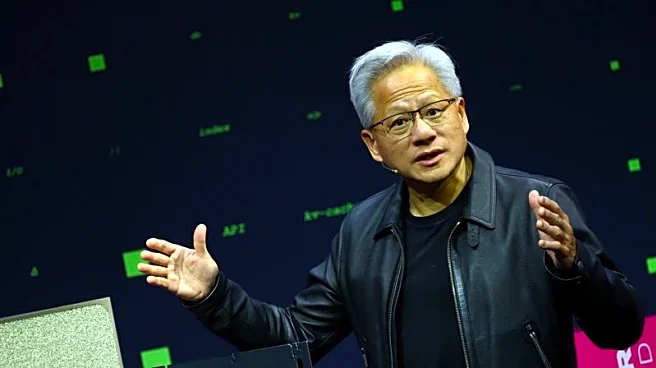What's Happening?
China has announced the suspension of several export restrictions on critical minerals and rare earth materials to the United States, signaling a positive development in the ongoing trade negotiations
between the two countries. This decision follows discussions between U.S. President Donald Trump and Chinese President Xi Jinping in Busan, South Korea. The suspended restrictions, initially imposed on October 9, included limits on the export of rare earth elements, lithium battery materials, and processing technologies. Additionally, China has reversed retaliatory measures on exports of gallium, germanium, antimony, and other super-hard materials, which were introduced in December 2024 in response to U.S. semiconductor export restrictions. These materials are crucial for both military and high-tech industries, highlighting their strategic importance in the trade talks.
Why It's Important?
The suspension of these export curbs is significant as it reflects a thawing in U.S.-China trade relations, which have been strained over issues such as technology transfer and market access. The critical minerals affected are essential for the semiconductor industry and other high-tech sectors, which are pivotal to both countries' economic and military capabilities. By easing these restrictions, China is potentially opening the door for more collaborative economic engagements, which could stabilize global supply chains and reduce tensions. The U.S. has also made concessions, including lowering tariffs on Chinese imports and postponing a rule that would blacklist certain Chinese companies, indicating a mutual interest in de-escalating the trade conflict.
What's Next?
As part of the trade agreement, the U.S. will continue to monitor the situation closely, with the potential for further negotiations to solidify the truce. The suspension of export curbs is set for a year, providing a window for both nations to address underlying trade issues. Stakeholders in the semiconductor and high-tech industries will likely watch these developments closely, as the outcome could impact global supply chains and market dynamics. Additionally, the U.S. and China may explore further agreements to ensure long-term stability in their trade relations.













